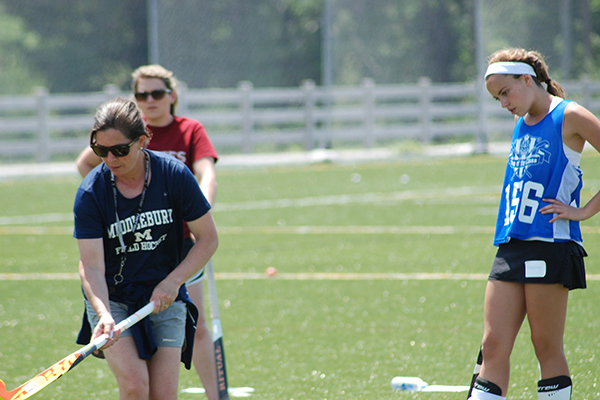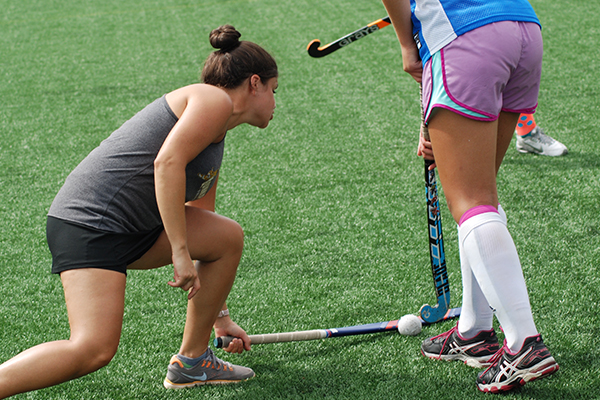3 Ways to Prevent Common Field Hockey Injuries

Nobody ever wants to think about getting hurt and not being able to play the sport they love, but it happens more than anyone wants to talk about. Certain injuries within field hockey are inevitable given the extremely physical nature and non-stop action the sport entails. However, there are a number of ways athletes can put themselves in the best possible position to avoid having to sit on the sidelines with an injury.
If you’re wondering what some common field hockey injuries are, here you go:
- Ankle sprains
- Knee injuries (ACL or cartilage damage)
- Hamstring strain
- Shin splints
- Groin pull
As we mentioned before, something serious – like a torn ACL – can’t totally be avoided, but most of the other common injuries listed above can be avoided more than you think by taking proper care of your body. Every field hockey player focuses on getting onto the field because they love to play, but the preparation done before stepping on the grass is what will eventually make your experience that much more enjoyable.
Here are a few simple things you can do to help lower your risk of injury, which will increase the amount of time you get to play field hockey.
Warm Up
This is pretty simple, right? I know you hear about this from your coach plenty, but us mentioning it yet again should help drive home exactly how important it is to spend a considerable period of time warming up prior to hitting the field.
Properly warming up increases the blood flow to your muscles, while also helping increase flexibility and your range of motion. Most importantly, this practice gets both your mind and body ready for what’s about to happen in the immediate future.
Slowly Build Upon Your Base
We’ve talked a number of times in the past that while it’s valuable and necessary to take a break from field hockey and really enjoy the offseason, that doesn’t mean you shouldn’t be maintaining a certain level of fitness. Having that base level of fitness makes it a lot easier on your body once field hockey season rolls around once again.
It’s not a good idea to jump right into rough training if you haven’t been preparing your body with similar versions leading up to it. Whether you come into a season in great shape (which you should be) or not, allow your body time to adapt and slowly build yourself up to a point where you’re in game shape.
There a reason why there’s a preseason before the regular season starts!
Know Your Body
Nobody knows you, your body, and what your limitations are better than yourself. Take breaks when you need them, and even when they’re available and you feel like you don’t need it. There’s this culture among athletes that you’re showing a sign of weakness if you’re injured and don’t try to play through it.
There’s no reason for that. If you’re truly hurt, make sure you get the medical attention necessary before a small problem turns into a chronic issue that impacts how you play the game on a long-term basis.



